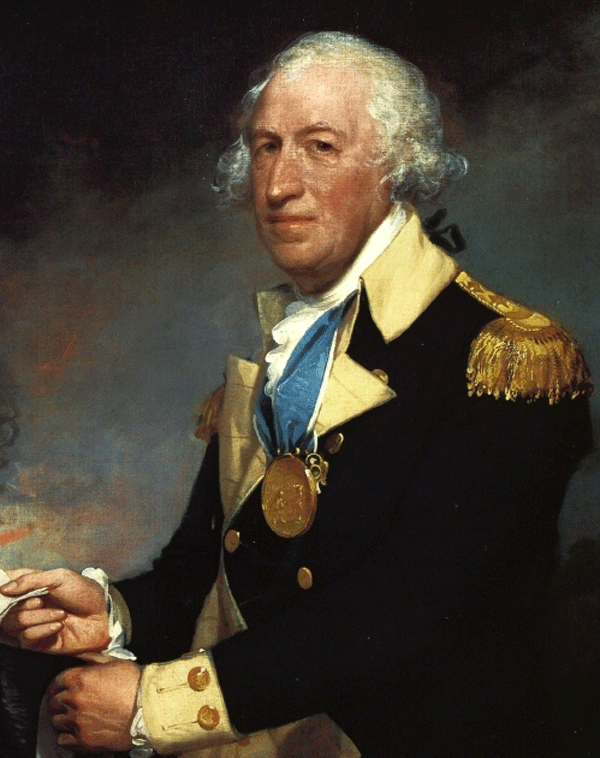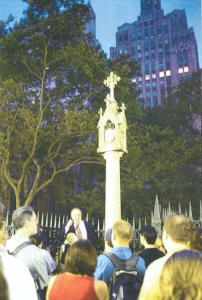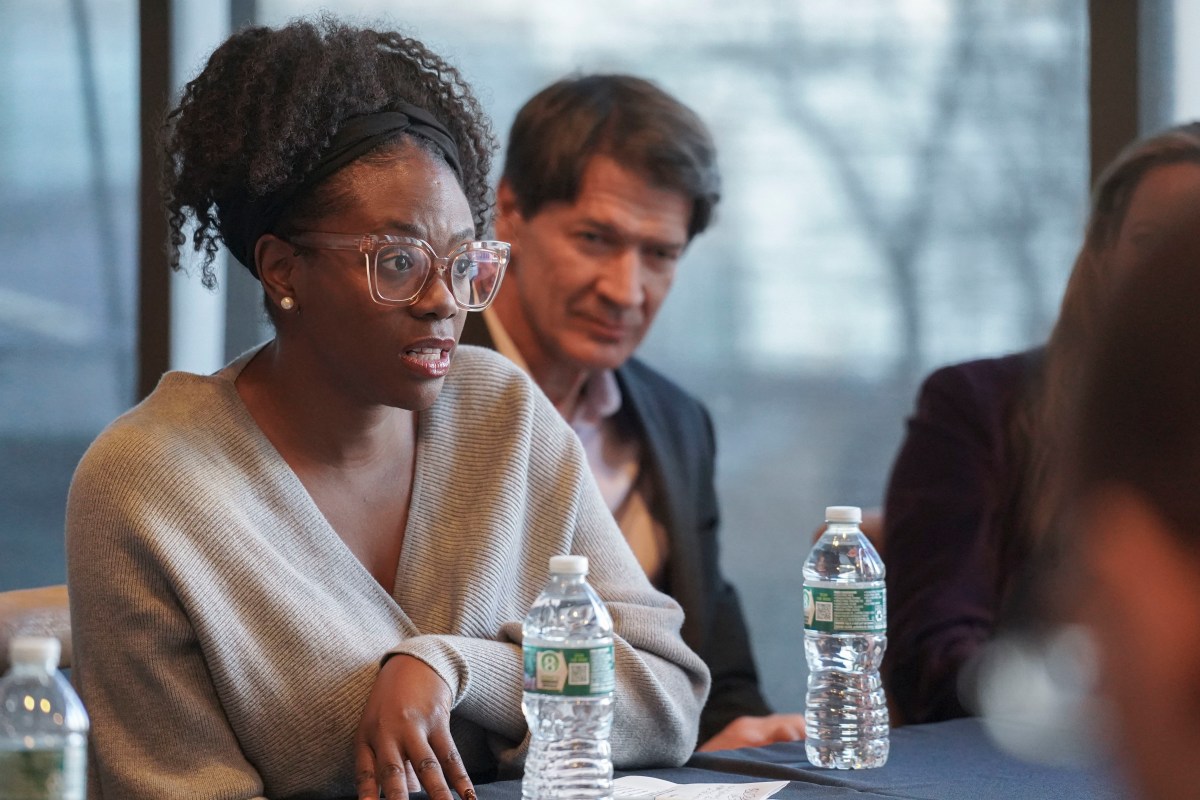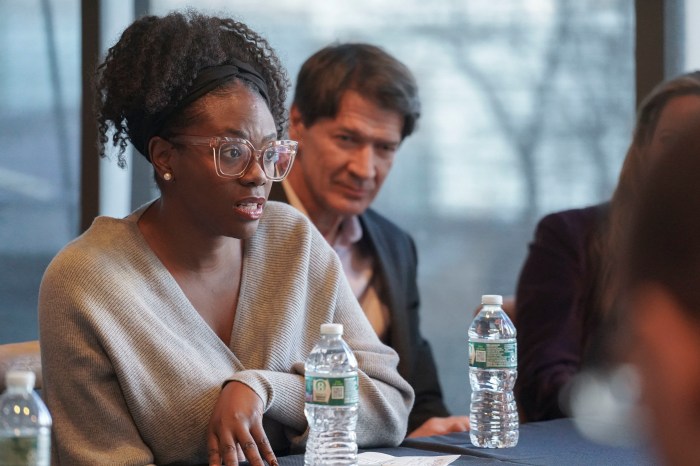
General Horatio Gates

Tour guide James S. Kaplan will be leading his Downtown tour July 4 at 3 a.m.
By KAITLYN MEADE | When most people are tucked away in their beds, with visions of July 4 barbeques and fireworks displays in their heads, James S. Kaplan is wandering the graveyards and memorials of Downtown New York’s revolutionary past, his tour group in tow.
Kaplan, a tax lawyer at Hertzfeld & Rubin, P.C. in Lower Manhattan for 35 years, has also been a longtime advocate for the forgotten heroes of the Revolutionary War. His 4th of July tour, in partnership with the Fraunces Tavern Museum, takes place in the middle of the night, giving tourists and locals alike the opportunity to see New York in its stillest hours and imagine the city as it was in the days of George Washington.
“I feel in the period I’ve been doing this — and certainly there have been great July 4ths — there has been a deterioration of July 4th celebrations. Nathan’s Hot Dog Eating Contest is the basement of July 4th celebrations,” said Kaplan, adding, “I think tourism is a growing thing in Lower Manhattan and could grow more if we knew who was down here.”
In years past, Kaplan’s last stop on his tour was at Trinity Church, where one well-known revolutionary is buried: Alexander Hamilton. But it is another grave that draws Kaplan back every year — the grave of General Horatio Gates, commander of the American Army in northern New York during the 1777 Battle of Saratoga, which is often cited as a turning point in the Revolutionary War.
Gates died in 1806, and while a plaque near the entrance to Trinity’s churchyard notes that he is one of 16 officers of the Continental Army and Navy buried there, his grave was unmarked until last year, after 16 years of campaigning by Kaplan to give Gates his due.
“I was visiting the Saratoga Battlefield, and I was curious why Gates was such an obscure figure if he was so important,” said Kaplan. Research showed that Gates had been responsible for the strategy that turned the tide at Saratoga, but that credit for the victory most often went to Benedict Arnold, who was a field commander at the time. Kaplan began to talk about Gates in his tours and wrote several articles on the subject, determined to spread the word about this lost historical figure.
Finally, in October of last year, the Daughters of the Revolution, led by Denise Doring VanBuren, installed a marker that now serves as a gravestone and a memorial in Trinity’s cemetery.
This year, the walking tour (tickets, $20, $15 for Fraunces Tavern Museum members, must be purchased in advance at
frauncestavernmuseum.org; call 212-425-1778 for more info) will begin at 3 a.m. It will culminate in a 7 a.m. ceremony at the Wall St. graveyard honoring Hamilton, Gates and Marinus Willett, another mostly forgotten revolutionary, who Kaplan calls “a pure New Yorker” — a plaque on Beaver St. commemorates the site where Willett and others stopped British soldiers carrying firearms to quell rebellion in Boston.
The Daughters and Sons of the Revolution will place wreathes on the graves of the three men as the sun rises. “I have to change my tour,” said Kaplan proudly. “General Gates’ grave lies unmarked no more, for the very first time.”


































